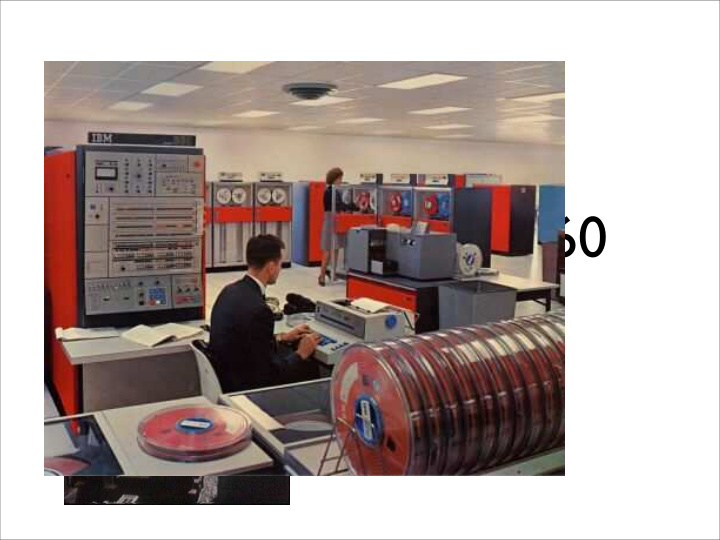



The IBM System/360
A Brief History • 1964 -- announced • 1965 -- shipped (vs. CDC6600 in 1964) • 6 models initially announced • Hundreds of compatible peripherals
IBM Wants to Make More Money! • They want to sell computers to everyone! • Small businesses, Big business, and in between • They want to grow with their customers • They want “lock in”! • They also want to reduce development costs • Amortize work over several machines.
Fundamental Observation • The programmer’s view of the machine (its “Architecture”) and the organization of the hardware that implements it need not be the same. • Separating them allows you to build a binary compatible family of machines. • The only thing different is the speed/capacity • “That machine too slow/small? We’ll sell you a faster one!”
A Family of Machines • Strict binary compatibility • Standardized, asynchronous peripheral interface • Scalable up and down • across a wider range than we see today.
Key Features • 8-bit byte/32 bit words • There were big fights about this. • Byte addressability • General-purpose ISA • Floating point standard (eventually absorbed by IEEE FP standard) • 2’s compliment arithmetic • Relocatability
Tomasulo’s Algorithm • Second way to do out-of-order • Introduced in IBM360-91 -- 1968 • Example of separating Architecture from impl
Tomasulo’s Algorithm
In Context • Hugely influential • Many key innovations as discussed • Not only invented ideas but set standards
Compared to the CDC6600 • The System/360 is for business (mostly). • The CDC6600 is a super computer. • Very different goals • Good for business environments vs. fast fast fast • This dichotomy still exists, although it is shrinking.
Recommend
More recommend